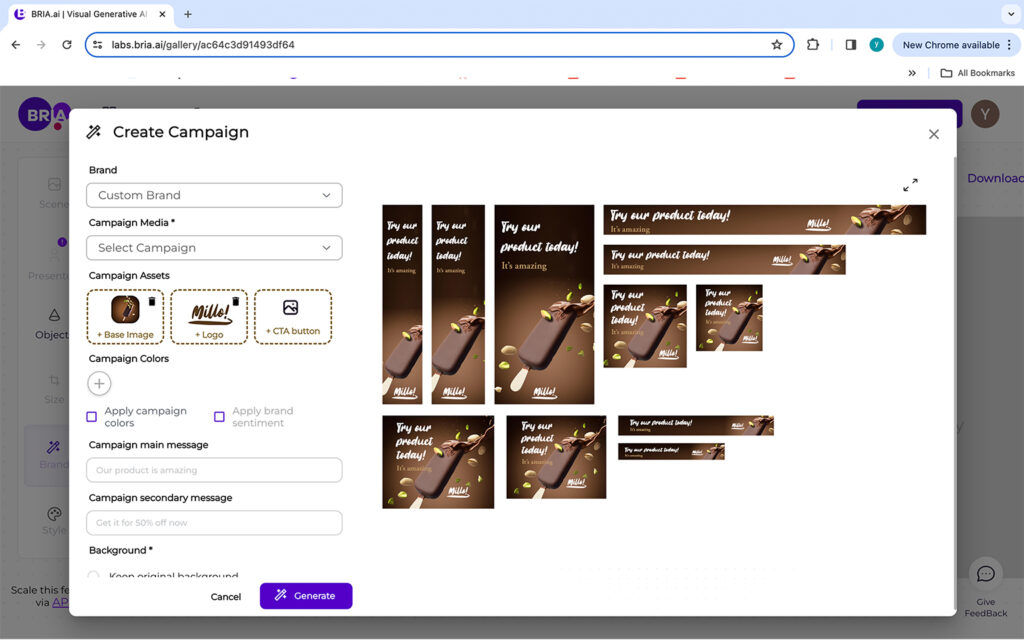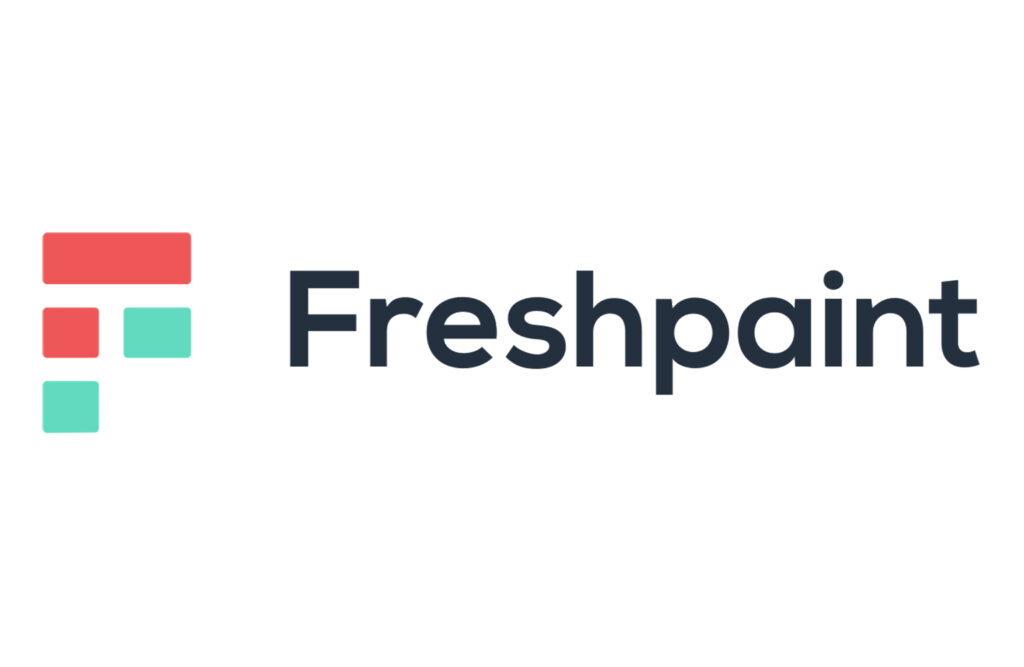 Image generated by Bria.
Image generated by Bria.
Investing in Bria: Pioneering Responsible Visual Generative AI
In 2023 we witnessed one of the fastest adoption of technologies ever, with OpenAI’s ChatGPT crossing 100 million monthly active users within two months of launch. And today, over 56% of Americans use generative AI tools to do things like help them with homework, automate parts of their job, or improve work communications. However, enterprises have yet to see widespread adoption of generative AI tools, especially with a top-down adoption pattern. In fact, according to a BCG report, over half of the executives discourage the use of generative AI tools. While the reasons for this caution are varied, the main concerns for many derive from copyright infringement and ethical considerations.
As a quick primer on visual generative AI, the tools that have sprung up in the past couple of years that can create images given a textual prompt rely on large generalizable models called foundation models (see link for a more detailed explanation). The generalizability of these models stems in part from the fact that they have been trained on terabytes of data. Notably, no single entity generates or has access to this volume of data, which has resulted in foundation model builders resorting to sources such as open-source data collections, and less acceptable techniques such as scraping the internet without regard to copyrights of the owners of the data (e.g., link). This has resulted in bizarre outcomes such as image generators creating images with watermarks of companies like Shutterstock and Getty Images, because they were trained on watermarked images to begin with. Further, employees at companies leveraging some of these tools to create content could inadvertently violate others’ copyrights making their employers liable. It isn’t surprising that content owners are up in arms against such practices. The New York Times’ lawsuit against OpenAI is a prominent example where content owners and repositories are seeking legal intervention over the alleged unauthorized use of their content. While the courts have yet to opine on infringement and rights of use issues, Microsoft and a few other players have offered indemnity to their customers against claims made over their outputs. However, legal experts find these indemnities to be too narrow, for instance, without covering third-party models.
What if, instead of indiscriminately scraping the web for any and all data for model training, one only used approved sources of data? What if content creators were provided attribution and monetary compensation for usage? What if platform users did not have to worry about inadvertently violating someone else’s copyrights? These are the questions BRIA ’s founders asked themselves and the underlying principles upon which BRIA was built.

BRIA is pioneering a visual generative AI platform for commercial use by collaborating with many of the world’s leading stock image providers such as Getty Images, National Geographic photographers, Alamy, Superstock, Depositphotos, and others. BRIA ’s text-to-image foundation models are only trained on these data sources, ensuring that the original creators are given attribution and fair compensation when their works are used. The company offers both API-based access and open access to its foundation models allowing its customers to incorporate responsible GenAI into their solutions. In addition to these attribution features, BRIA focuses on catering to the value propositions that enterprises care about most, such as high quality, consistency, and brand-aware outputs. A notable module in BRIA’s offering is “Brand Brain,” which understands key brand components and creates new brand-aware content at scale.

Over the last year, BRIA has seen incredible inbound interest from a wide range of enterprise customers such as Publicis, WPP, and Getty Images who are incorporating BRIA for use cases such as: (i) offering image generation and editing capabilities within their own software product; (ii) creating thousands of advertising copies at scale using fine-tuned text to image engines tailored to the brand’s visual style; and (iii) low-cost asset creation and editing using textual prompts; among others. You too can test out BRIA’s capabilities here. BRIA is only getting started, with many more modalities and use cases yet to be unlocked. We are thrilled to co-lead BRIA’s $24 million Series A funding round and partner with Yair and team to build out responsible, ethical, generative AI that benefits businesses, artists, and consumers.




